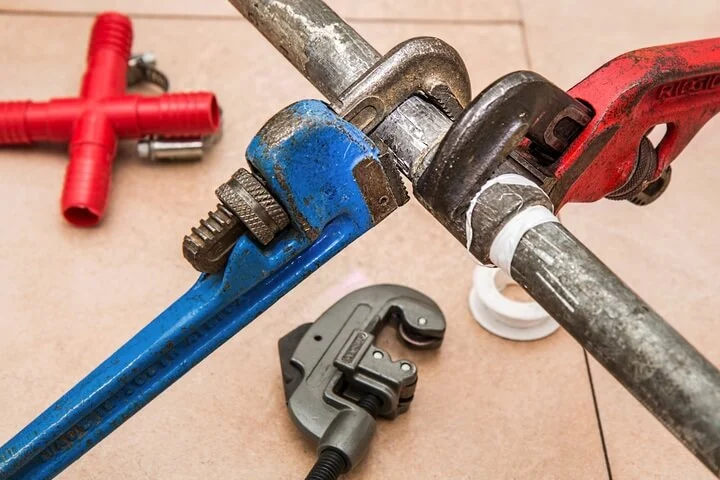Detecting leaks is essential for homeowners to ensure they don’t end up with costly repairs and property damage. Detect and Fix Hidden Plumbing Leaks in Your Property for building owners to know how to identify leaks in their properties so that they can be quickly repaired.
Fortunately, several ways to detect hidden plumbing leaks in your property exist. By learning to spot these leaks, you can save a lot of money and ensure your home is safe from water damage and mold growth.
Check Your Water Meter
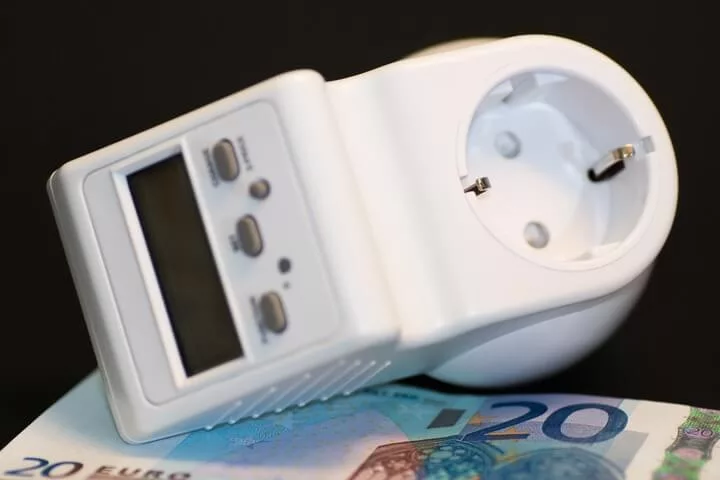

Hidden leaks are one of the most significant plumbing issues for homeowners. They can cause major damage and cost a lot of money in repairs.
The first step in detecting hidden leaks is to check your water meter. The meter records the water used and charges the homeowner on their sewer, stormwater, and water utility bills.
To read your meter, turn off all water-using appliances and faucets, as well as the toilet flushing. Next, record the meter reading and wait about an hour before checking again.
A good rule of thumb is that the last numbers on your meter should be the same as when you started your test. If the numbers change significantly, you have a leak in the house.
Your meter also has a sweep hand that will move when there is any movement in the service line from your house to the public water main. Usually, this is not a sign of a leak but can help determine if a slow leak exists. Keep the water off for an hour or two, and note the position of the sweep hand.
Turn Off All Faucets
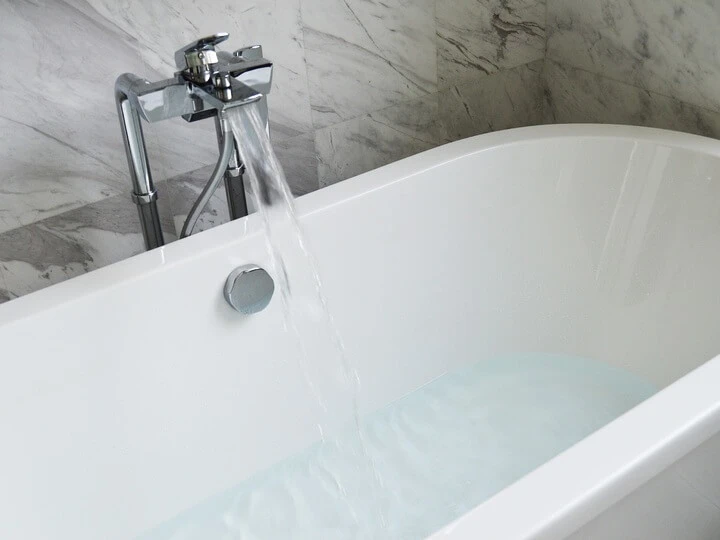

Even minor plumbing leaks can be highly damaging. They can cause water damage to the walls and floors of your property and may even lead to mildew and mold development, all of which can be expensive to repair.
But if you suspect a hidden plumbing leak in your property, there are several ways to detect it and fix it before it causes any extensive damage. One of the most important things you can do is to turn off all faucets.
It’s also a good idea to check your water meter regularly and look for any changes in the numbers. If the numbers have changed over time, it could be a sign of a leak.
A water meter is located on your property, usually in the basement or utility room, near the main water pipe that enters the home. If you see any dripping, gurgling, or leaking around the water meter, it’s a good indication that there is a leak in your underground pipes.
Look for Signs of Water Damage
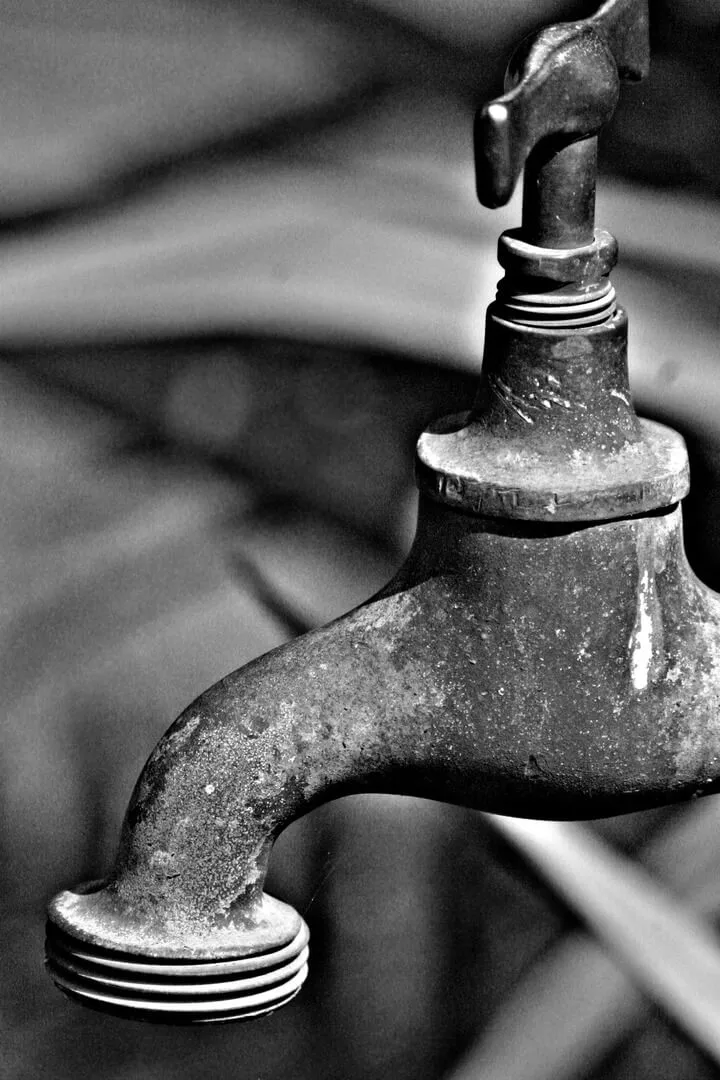

Sometimes the best way to catch and fix water damage is to look for signs. This way, you can prevent more costly repairs and ward off more severe issues.
There are many signs to look for when detecting a water leak, including mold and mildew growth, strange smells, and increases in utility bills. If you notice any of these signs, it’s time to contact a restoration expert to take a closer look at your property and find the source of the issue.
Stains on the walls or ceilings that appear light brown, beige, or yellow are also common signs of water damage. It indicates a burst pipe or other plumbing leak that can progress to more severe problems if not handled quickly.
If you notice these stains on your walls and ceilings, be sure to trace the area where the water came from to assess the extent of the problem. Once you have a better idea of what’s going on, contact an experienced water damage restoration company to help you fix the damage and get your home back in order.
Other signs that indicate a plumbing leak include puddles on the floor, loose caulking, and sloping ground toward your home’s foundation. Make sure your house has downspouts that divert water away from the building to prevent many problems and reduce your water bill.
Detecting hidden plumbing leaks is easy when you know where to look and how to identify them. Once you do, it’s easy to halt the spread of damage to your property and avoid costly repairs in the future.
Schedule a Plumbing Inspection
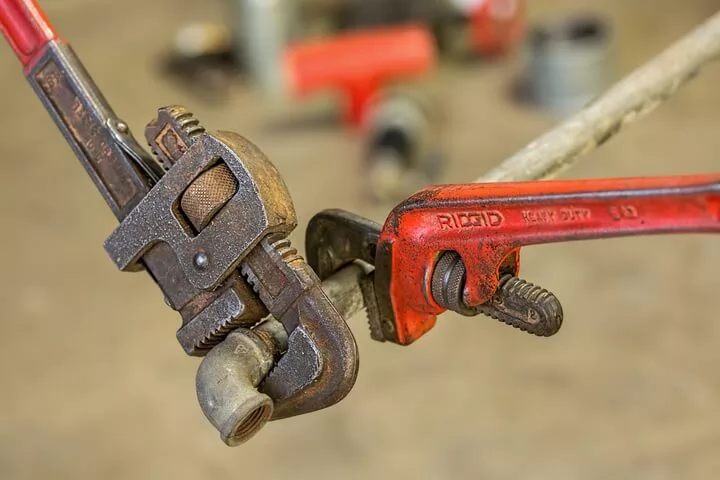

The first thing a plumber will do when they arrive at your property is inspected the area. It includes checking all of the faucets, sinks, and other plumbing components to see if any of them are leaking. They will also look at the water meter and see how much water your home uses as this is very common in smart cities.
They will also check the irrigation and pool systems to ensure everything functions correctly. If there are any issues, a professional plumber will fix them immediately to avoid water damage, higher bills, and mold growth.
Once the pressure test is complete, a plumber can check your plumbing for leaks using other techniques. One standard method is inserting a camera into the threaded pipe, allowing the technician to see where the leak is coming from.
In addition, a plumber can use ground microphones or listening discs to listen for the sound of a leak. It can help them to determine the exact location of a leak that is hidden behind a wall or under concrete.
A plumber’s specialized leak detection equipment can pinpoint the source of an undetected leak in seconds. Some of these tools include acoustic amplifiers, listening discs, and a video inspection tool that can be used to spot leaks in the most difficult-to-reach areas of your plumbing system.


